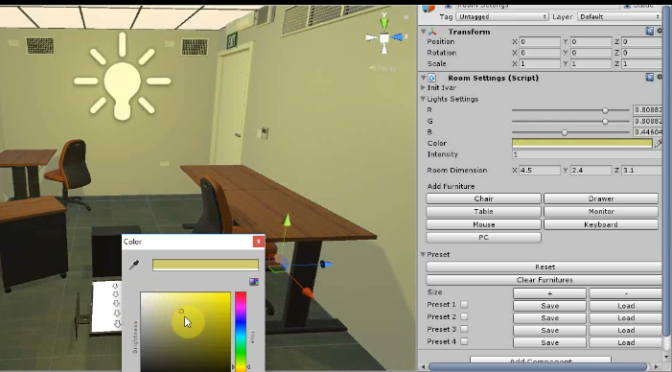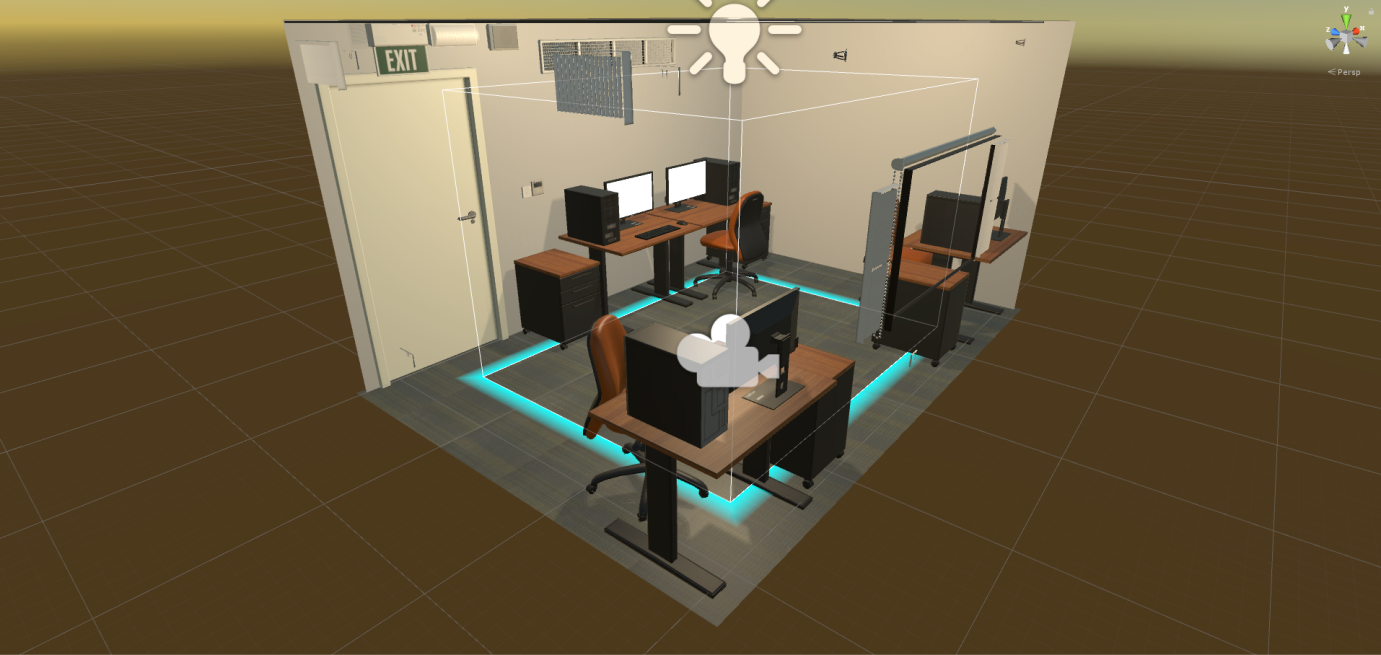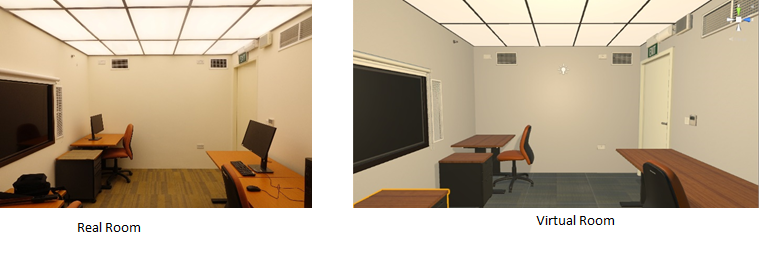Virtual Reality (VR) offers the unparalleled possibility to standardize psychological testing, while manipulating the environment at will. In that way, VR is super-ambulatory as it can allow researchers not only to test in different locations, while maintaining the same conditions, but also to systematically test different environments, including extreme (real or perceived as in the case of claustrophobia) environments.
However Psychologists do not have access to tools to do such testing – either because the existing solutions are very specialized and developed for a specific question and/or because the existing tools require advanced programming skills.
We, with the collaboration of MAGIC Lab at NTU (http://magic.ntu.edu.sg/home/labs), thus developed a tool that allows a user with basic knowledge of computers to test in different, customizable environments. Currently, the user can do a well-known, established psychomotor task (“Flanker Task”) that has been widely used across various clinical and research settings.
Importantly, the user can change the architectural properties of the environment at will – including size of the room, lighting, adding or removing plants, windows etc. This is achieved via a user-friendly GUI:

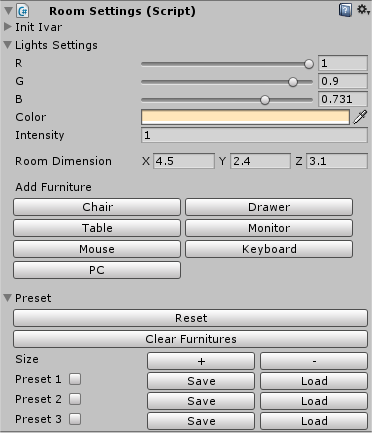
Currently the environment is a typical Lab – in fact we generated a VR version of our own Lab to test for compatibility between the two methods.
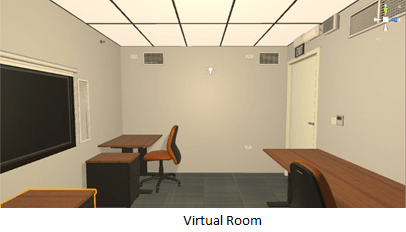
We hope that in the future there will be no need for expensive Labs.

